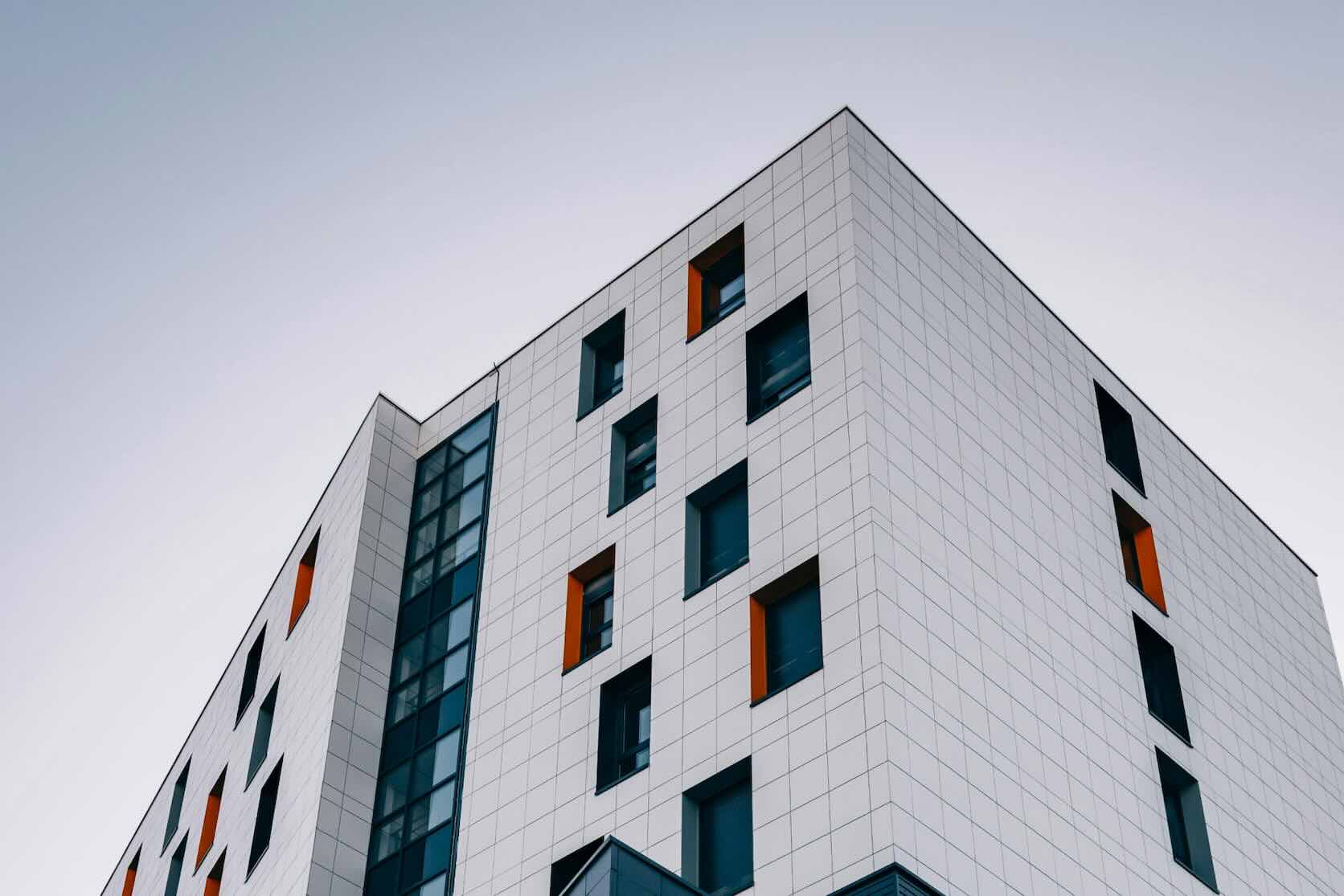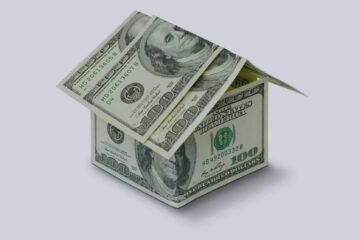
Understanding Real Estate Market Cycles: A Guide for Buyers and Investors
Real estate markets, like any other market, go through cycles of growth, stability, and decline. Understanding these cycles can help you make smarter decisions, whether you’re buying a home or investing in property. In this guide, we’ll break down the stages of real estate market cycles and how they apply to the UAE and Dubai markets.
What Are Real Estate Market Cycles?
Real estate market cycles are patterns of fluctuation in property prices, demand, and supply. These cycles are influenced by factors like economic conditions, interest rates, population growth, and government policies. Typically, there are four main phases in a real estate market cycle:
1. Recovery Phase
- Characteristics: The market is stabilizing after a downturn. Property prices are low, and demand begins to pick up as buyers and investors see opportunities.
- UAE Context: After a period of oversupply or economic slowdown, the recovery phase may see increased interest in affordable housing and off-plan properties as buyers look for bargains.
- What to Do: This is a good time for investors to buy properties at lower prices before the market starts to rise.
2. Expansion Phase
- Characteristics: Demand for property increases, leading to rising prices and new construction projects. The market becomes more competitive, and rental yields improve.
- UAE Context: In Dubai, the expansion phase often coincides with economic growth, increased foreign investment, and major infrastructure projects like Expo 2020 or new metro lines.
- What to Do: Buyers and investors should act quickly, as prices and competition will continue to rise. Focus on areas with strong growth potential.
3. Hyper-Supply Phase
- Characteristics: The market becomes oversaturated with new developments, leading to a slowdown in price growth. Demand starts to plateau, and vacancy rates may increase.
- UAE Context: Dubai has experienced hyper-supply phases in the past, particularly in the apartment market, where an influx of new units led to softer prices and higher vacancies.
- What to Do: Be cautious about overpaying for properties. Focus on well-located, high-quality assets that are likely to retain their value.
4. Recession Phase
- Characteristics: Property prices decline, and demand weakens. The market may experience a correction as oversupply and economic factors weigh on prices.
- UAE Context: During the 2008 financial crisis and the COVID-19 pandemic, Dubai’s real estate market saw price corrections, particularly in luxury segments.
- What to Do: This phase can present opportunities for long-term investors to acquire properties at discounted prices. However, it’s important to carefully assess market conditions before making a move.
How to Navigate Real Estate Market Cycles in the UAE
Understanding where the UAE and Dubai markets are in the cycle can help you make informed decisions. Here are some tips for navigating real estate market cycles:
- Stay Informed: Keep an eye on market trends, economic indicators, and government policies that could impact the real estate market.
- Diversify Your Portfolio: Spread your investments across different property types (residential, commercial, off-plan) and locations to reduce risk.
- Focus on Long-Term Growth: Real estate is a long-term investment. Even during downturns, properties in prime locations tend to recover and appreciate over time.
- Work with Professionals: Partner with experienced real estate agents, financial advisors, and legal experts to navigate the complexities of the market.






